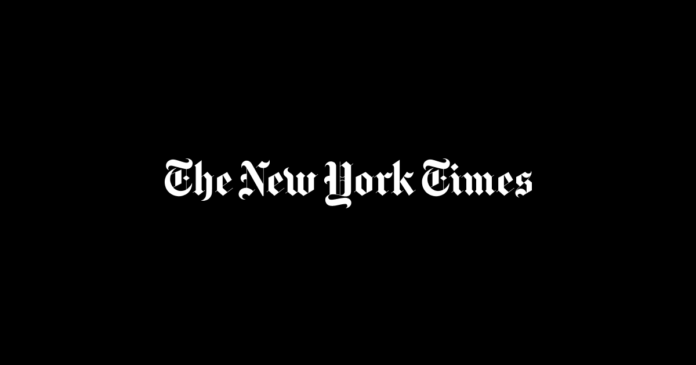Propped up by positive expectations that were bolstered by peace talks in Istanbul and by the Russian central bank’s quick and robust measures to support it, the Russian ruble made a staggering rebound approaching its prewar value on Wednesday.
The Russian currency was trading at 83 per dollar, only two rubles away from the levels it hit on Feb. 23, one day before President Vladimir V. Putin ordered Russian troops to invade Ukraine.
The rebound ran contrary to expectations. On Sunday, President Biden said on Twitter that as a result of sanctions, “the ruble was almost immediately reduced to rubble.”
The ruble’s stronger showing is most likely driven by artificial factors and might not be a good marker that the Russian economy is improving, said Yevgeny Nadorshin, the chief economist at the PF Capital consulting company in Moscow.
“In view of sanctions and countersanctions, which limit Russia’s transborder trade and thus reduce the demand for foreign currency, we cannot say that exchange rates reflect economic realities in the country,” Mr. Nadorshin said.
Ever since Western countries imposed sanctions on Russia for invading Ukraine, Russia’s central bank has made a number of strategic moves that have further limited international trade, but prevented a catastrophic bank run and capital flight.
For instance, it ordered Russian companies to convert 80 percent of foreign currency revenues they receive under export contracts into rubles. That allowed the central bank to accumulate some hard currency as the West froze more than $300 billion worth of Russian reserves, Mr. Nadorshin said.
The country’s main financial regulator also limited the amount of foreign currency that Russians can withdraw from their bank accounts to $10,000 over the next six months; anything over that would be paid in rubles. The key interest rate was raised to 20 percent, making ruble-denominated deposits more attractive, but also making lending, including mortgages, prohibitively expensive.
Russia can live under such restrictions for a long time, Mr. Nadorshin said, but the price of that would be further isolation and long-term development.
“The Soviet Union lasted a long time,” he said, “but we know what it all ended up with.”
Source : Nytimes











